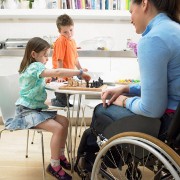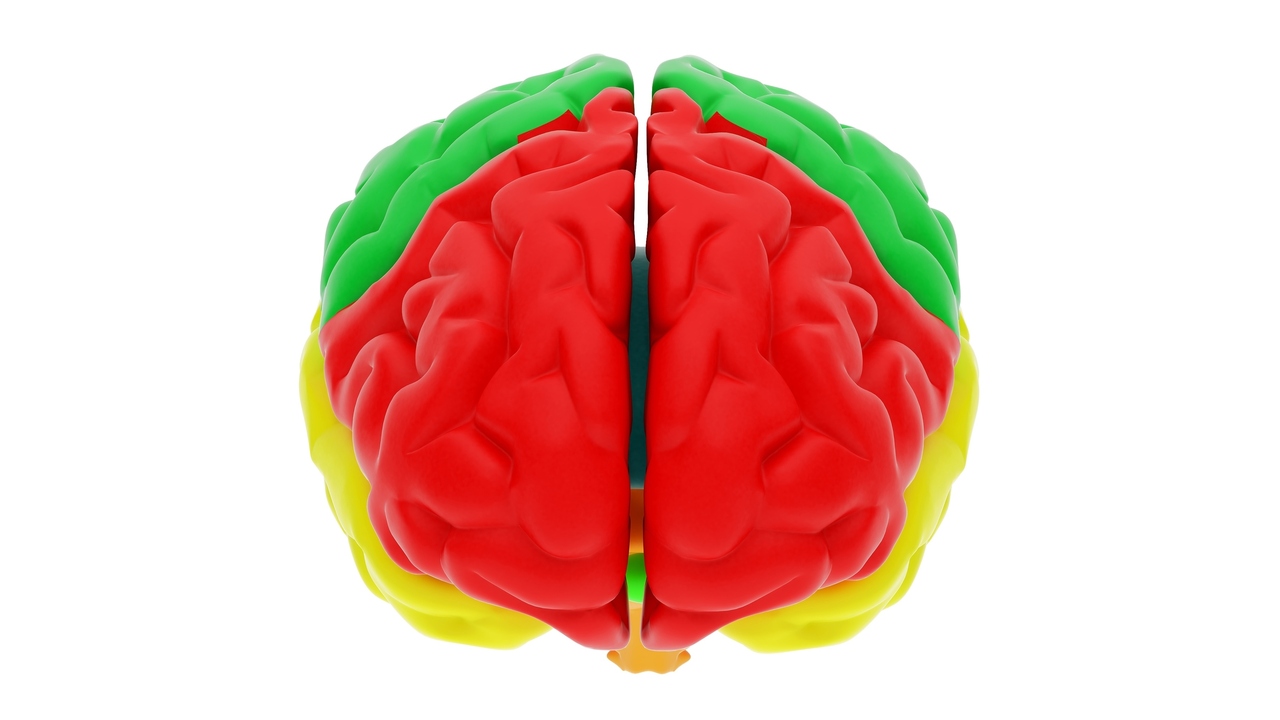Poliomyelitis is an infection that is caused by the poliovirus which gains access through the mouth and goes into the intestine where it proliferates.
The poliovirus is very contagious. Usually the source of infection will be traced back to the feces of someone who carries the infection. Poor sanitation makes it easy for the poliovirus to become widespread.
It attacks the nervous system, and can quickly result in paralysis, either partial or total. It can cause problems breathing and sometimes can end in death.
Children under the age of five are most often affected. Other groups who may be vulnerable are pregnant women, tonsillectomy patients, and those whose immune systems are in a weakened condition.
Poliomyelitis is contagious, so being in contact with someone who is infected puts a person at risk. Summer and fall are the seasons outbreaks are most likely to appear.
The Greek word "poliós" translates to "gray", and "myelós" refers to the spinal cord. Finally, "-itis" means "inflammation". This disease also goes by the names polio, infantile paralysis and post-polio syndrome.
Most people with polio are asymptomatic. That means they don't show any symptoms. They may not even seem sick. If they do seem ill, indicators would be headache, discomfort, a red or sore throat, a low grade fever, and possible vomiting. This is also called subclinical infection.
Symptomatic polio occurs in from four to eight percent of those infected, and they may have nonparalytic or abortive polio, or the more serious paralytic polio. Paralytic polio makes up one to two percent of all cases.
Nonparalytic polio causes symptoms resembling flu for a few days or a few weeks. These may include back and neck pain, fever, headache, sore throat or vomiting.
Muscle pain, especially lower back and leg pain, stiffness and tenderness along with muscle spasms may occur. Meningitis may also develop.
Paralytic polio starts out the same way but moves on to symptoms like the loss of reflexes, and the pain and spasms become more severe. Limbs may become loose, especially on one side. Function in major muscle groups decreases, with muscle atrophy following within a few weeks.
There may be complete recovery, partial recovery, or there may be none at all.
There is no known cure for polio. The goal is prevention. In the case of infection, care can only run to managing symptoms and trying to avoid further complications and breakdown.
Resources:
What is Polio (poliomyelitis)? What Causes Polio?
http://www.medicalnewstoday.com/articles/155580.php
MedlinePlus: Poliomyelitis
http://www.nlm.nih.gov/medlineplus/ency/article/001402.htm
Poliomyelitis
http://www.who.int/mediacentre/factsheets/fs114/en/index.html
emedicine: Poliomyelitis
http://emedicine.medscape.com/article/967950-overview?src=smo_peds
Visit Jody's website and blog at http://www.ncubator.ca and http://ncubator.ca/blogger





Add a CommentComments
There are no comments yet. Be the first one and get the conversation started!